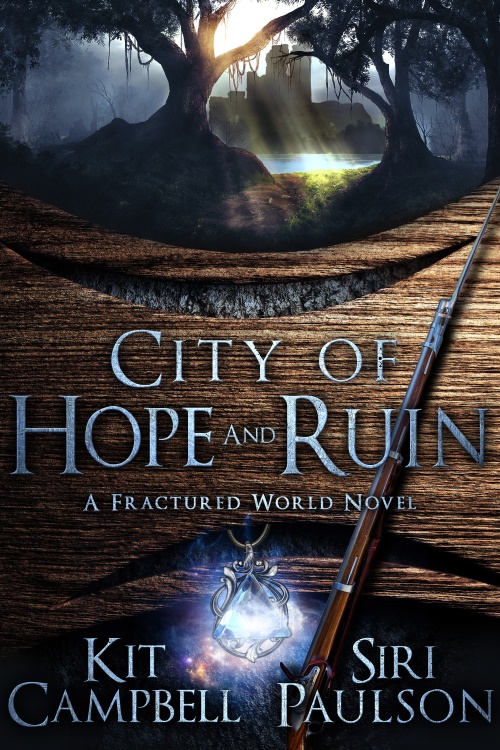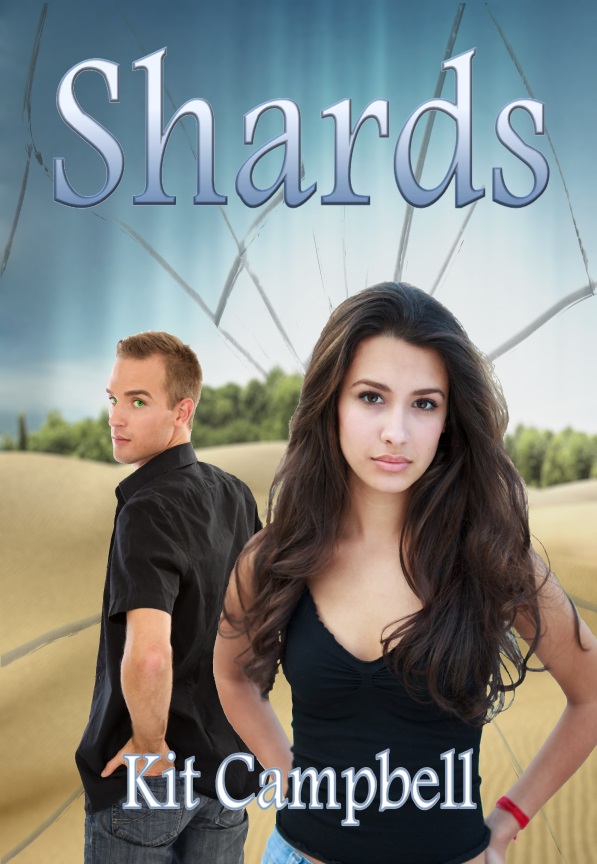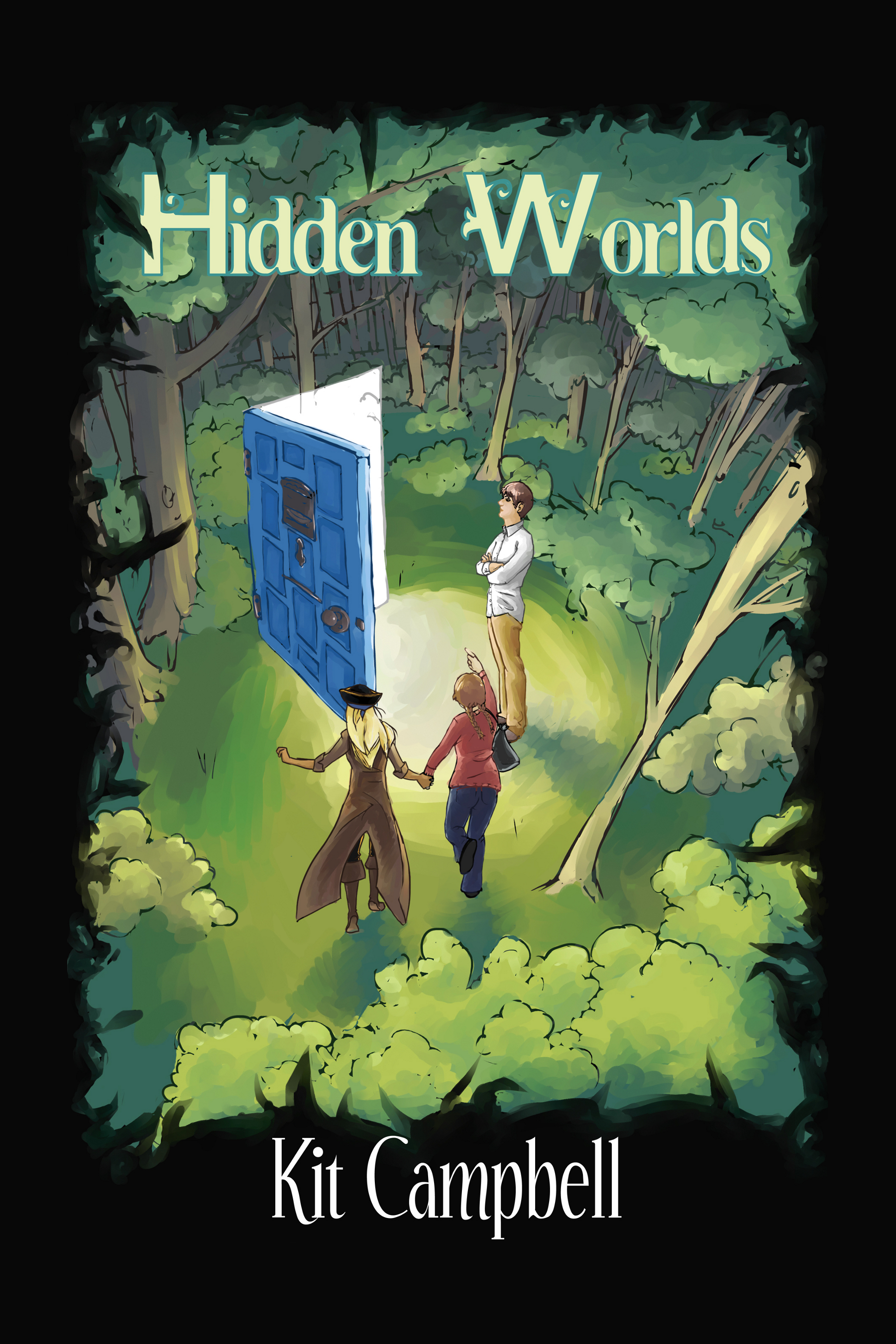As far as I know, all authors – published or no – have some aspect of the writing process that is just absolutely foreign to them. Something that, though they have learned over the years how to put together a coherent story, continues to elude them. (I’m not talking about beginnings, or middles, or ends. They are all evil and everyone already knows that.)
For some people, they can’t figure out how to have their dialogue flow more naturally. Some cannot figure out how to vary their sentence length and structure for the most impact. Yet others get so tied up in their subplots that they never find their way out.
Mine? Description.
This is really my own fault. As a reader, my eyes glaze over when I get to descriptive passages. A few words or maybe a sentence slipped into a paragraph, fine, but anything more than that and I’m off in search of the next line of dialogue. So as a writer, my description is understandably a bit sparse (though, hopefully, it is fully integrated and doesn’t read like “Oops, Kit realized she should put some description in here”). This isn’t necessarily a bad thing – Hemingway, after all, is not known for his brilliant, picturesque sunsets – except that I write, for the most part, fantasy and science fiction. So there needs to be a certain level of description to help my readers picture new species and worlds and so forth, and I am just not sure I’m getting there, though I am trying.
Anyone have any recommendations for improving my descriptive skills (that doesn’t include “sit down and describe everything in the room in great detail” because that really just makes me want to gnaw off my own leg and escape. I’ve never understood how that is at all helpful for integrating description into a story)? What’s your stumbling block?




“This is really my own fault. As a reader, my eyes glaze over when I get to descriptive passages.”
This is me, as well.
Did the “sit down and describe everything in the room in great detail” exercise include a follow-up step that went along the lines of choosing the three most evocative details and only use those if and when you have a natural spot to sprinkle them in the story? ‘Cause that’s what I heard in the StoryWonk Podcast on Description (you can listen to it here: http://www.podcasts.doubletwist.com/Storywonk-Podcast/VHvt8FSNY3#q=a&id=VHvt8FSNY3). I don’t like that exercise either, but I like the examples she shared (on description she thought worked)
Right now, my approach is to ignore (unless it crops up naturally)… with the plan to “sprinkle” a little more in future rewrites. .
I’m going ot be bold, and stick my neck out, and say…what’s wrong with that? You have a strength hidden in your weakness. Here’s the plain truth: No one I know of likes whole paragraphs of description. They do like the sentence or two slipped in. If you’re skipping over the paragraphs, chances are so is everyone else. Makes sense, right?
On the other hand, a story devoid of all description isn’t very fun to read. Even if it’s just how the baby shoes look sitting lonely in the yardsale pile, it’s still important. The trick is not to overdo it, and also to make sure you’ve got a clear image of what’s going on in your head.
I agree that only certain writers/writing styles can pull off massive amounts of description, or need to. (Sorry, Weber, you’re not one of them. 😛 )
The trick I like to use for description is to think about the POV character for the scene. What do /they/ notice? Why? What do they find unusual, or annoying, or pleasant, or simply take for granted? This way, the description can work double-time for both the scene and characterization. (I once wanted to clarify that a new character with a nonstandard name was female, without some clunky, “the girl’s name was…” sentence. I wrote, “Faiza flipped her hair,” and suddenly she had not only a gender, but an attitude. ^.^ )
Another trick is to tie the surroundings in to the action of the scene. Even if it’s only talking, people do things. They adjust seat cushions, or drink coffee, or get so caught up in the conversation that the coffee sits, cooling. It’s like blocking in theater. You look at a set and figure what action is necessary (how do we get the MC from point A to point D in eight lines?) and what just makes it more interesting (down with talking heads! >.> ).
Anyway. I think my own problem would be going off on tangent after tangent in search of the perfect segue. >.>;
I do the skipping thing far more often than I’d like to admit. I caught myself doing it with textbooks a few days ago (which isn’t as horrible as with fiction) and realized I seriously had to slow down and go line by line until I’d calmed down. It didn’t help that I didn’t really want to be reading any kind of textbook at that time. I usually pride myself on being a quick reader, but sometimes I feel like I’m inadvertently missing a lot of things because of it.
I think that for me, in edits, I’ll have to work on description as well, especially consistent character description and place description. One thing to keep in mind is trying to describe through all the senses, not just how things look.
(I do have some things in mind to mention description-wise for BoF when I go through it again, mostly instances in which I wish there was a bit more of it.)
I’m very late, but…
As for description, how I approach it is to try and make it do multiple things at once. For example, description of a setting needs to help the reader visualize where the scene is taking place, but it could also:
– convey a mood — the character’s mood, the “feel” of the place, or the mood that you want to be prominent in the scene that follows
– reveal character — if it’s, say, the character’s room, the details will say a lot about that person; if a character walks into a location for the first time, how she reacts to or thinks about the place will also say a lot about her
– foreshadow — the details you choose to give could be significant later
– support theme, if you have one
For example:
St. John’s from the docks was rather less charming than it had been from up on deck: the whole place stank of salt fish from the drying racks on the beaches, which were pebble rather than sand; she could see now that the streets were dirt, or rather, mud, without a single cobblestone in sight; and most of the buildings were of very plain construction, despite the bright red and blue and even purple paint on the sides of the wooden homes. It looked quite as rustic as she might have imagined the New World to be…
That’s my upper-class English FMC’s first impressions of 1820 Newfoundland. Later she’ll be intrigued by the wilderness and start to love it, but in the beginning she’s taken aback.
Does that help?